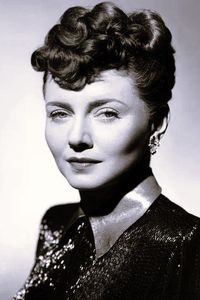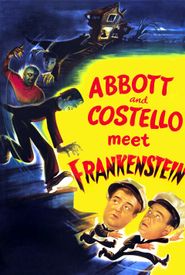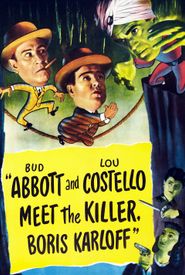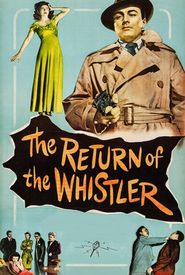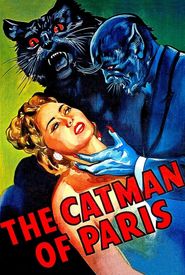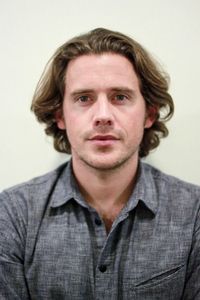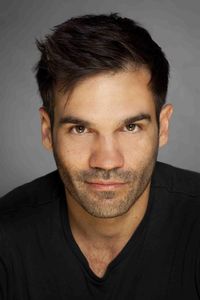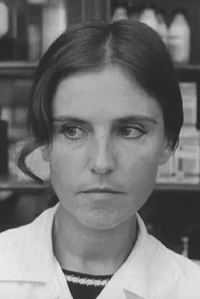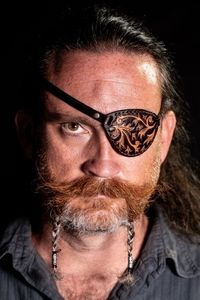Lenore Aubert was born in present-day Slovenia, then part of the Austro-Hungarian Empire, where her French name was chosen to make her background seem more exotic. Born Eleanore Maria Leisner, she was the daughter of an Austrian general and spent her formative years in Vienna, where she studied acting and appeared in a few movies as an extra.
After her marriage to a Jewish man, Lenore was forced to leave Austria following the Anschluss and the couple emigrated to the United States via France. In New York, Lenore found work as a model and eventually landed a stage role in "The Man Who Came to Dinner" at the La Jolla Playhouse in San Diego. Determined to get the part, Lenore crossed the U.S. by bus.
Once settled in California, Lenore was "discovered" twice. The first time, she was spotted by an agent for Samuel Goldwyn and signed to appear in "They Got Me Covered" (1943),playing a seductive Nazi spy. Although Dorothy Lamour commented on Lenore's sexy walk, there wasn't enough screen time for her to seriously challenge the established star.
Lenore's next role was in "Action in Arabia" (1944) opposite George Sanders. This film did not make much of a splash, but it attracted the attention of Republic studio boss Herbert J. Yates, who was searching for a replacement for his failed star Vera Ralston. Lenore was consequently cast in the period thriller "The Catman of Paris" (1946),which received a bigger-than-average publicity campaign and was shown in better cinemas.
Unfortunately, the film's sets and cinematography overshadowed the cast, and the deficiencies of the direction, script, and makeup made it a flop. Lenore's career did not improve with her next few B-movies, including "The Return of the Whistler" (1948) and "Barbary Pirate" (1949).
One of Lenore's favorite roles was as Viennese singer and actress Fritzi Scheff in "I Wonder Who's Kissing Her Now" (1947). She had screen-tested for A-grade productions, including "Saratoga Trunk" (1945) and "For Whom the Bell Tolls" (1943),but lost out to Ingrid Bergman both times.
Lenore's greatest success in film was probably due to the popularity and cult status of two films she made with Abbott and Costello: "Abbott and Costello Meet Frankenstein" (1948) and "Bud Abbott Lou Costello Meet the Killer Boris Karloff" (1949). A story goes that during the production of the former, Lenore walked actor Glenn Strange, dressed as the Frankenstein monster, on a leash around the studio lot in full view of tourists on the tour tram.
In the 1950s, Lenore joined her husband in his garment business in New York. The business succeeded, but the marriage did not. With the exception of a couple of minor European films, Lenore's acting career was effectively over. She devoted much of her remaining life to charitable causes, including work for the United Nations and the Museum of Natural History in New York.
